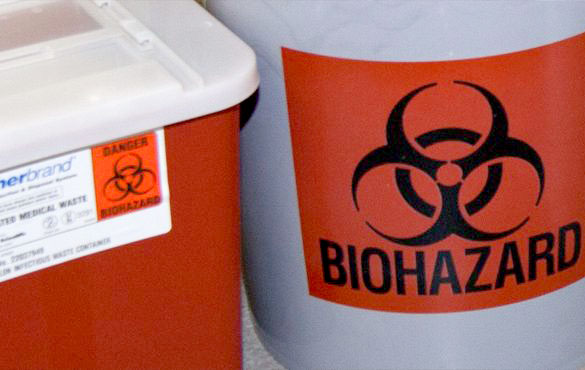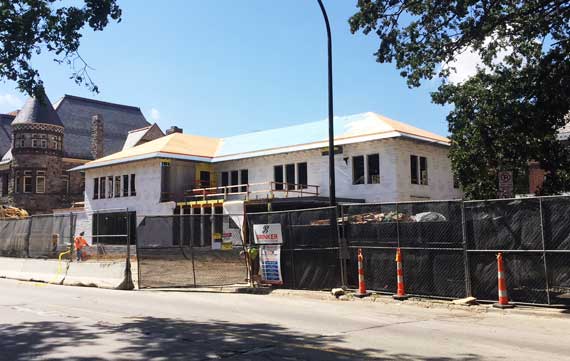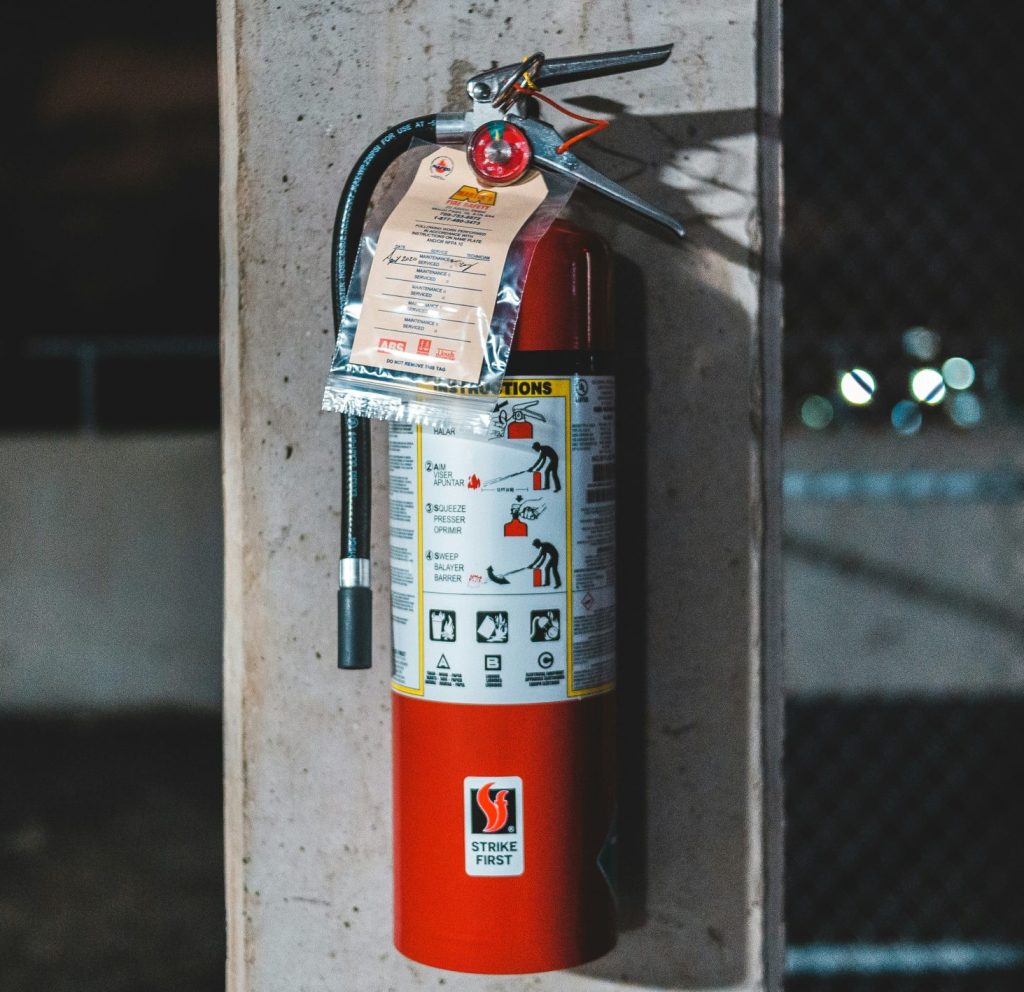Research Facility Commissioning
The University of Michigan (U-M) requires that all newly assigned research spaces receive a commissioning visit by EHS. The purpose of a consulting visit is to foster a strong safety partnership with staff in order to protect individuals and the facility and to help ensure regulatory compliance. EHS will consult with the research team about the following safety topics:
- Potential hazards
- Methods to reduce the risk involved with potential hazards
- Training requirements
- Proper use of personal protective equipment and engineering controls
- Proper waste disposal
The Pre-Commissioning Consultation Form is used to guide the process and enables researchers the opportunity to ask important questions about safety in their research operations. The Laboratory Commissioning Guideline provides guidance for setting up your research operation including procedures and responsibilities.
Factors to Consider When Projecting Research Start Dates
Plan for each of the commissioning tasks when setting up your laboratory. The time needed to complete tasks can range from less than a day to weeks or even months. Much depends on the need to coordinate approvals, reviews, acquisitions, designs, etc. through one or more U-M departments or outside agencies. Other variables also impact the time needed to commission a lab:
- Type and complexity of your research
- Number of staff and students working in your laboratory
- Type of equipment and hazardous substances or materials you are using
You may find it helpful to work with an experienced departmental safety coordinator.
To schedule a commissioning consultation, complete the following form as soon as you are assigned a laboratory space. For further information, contact:
- Biological Safety at EHSBiosafety@umich.edu
- Research Health and Safety at EHSLabSafety@umich.edu
- Radiation Safety at EHSRadSafety@umich.edu
Commissioning Tasks
Research Laboratory Commissioning visits will occur as your research evolves. Any modification that introduces a new hazardous substance, a new variable bringing different risks and precautions (e.g., high temperature, pressure), process change such as scaling up, or a change in the equipment or layout may present additional risks that should be evaluated by EHS. EHS will verify that you have completed these tasks necessary to ensure safety and compliance including:
- Obtaining approvals and licenses from regulatory agencies and University committees
- Preparing and collecting safety-related documents and making them available to staff
- Preparing and updating chemical inventories
- If renovations are needed when installing or removing equipment, work benches, chemical storage cabinets; complete the Laboratory Space Modification Form prior to starting the renovation project.
- Enrolling staff in the Medical Surveillance Program when applicable
- Verifying that all staff completes the required safety training
- Acquiring and making available proper Personal Protective Equipment
- Posting of proper door hazard warning signs
Application and Approval
The time needed to receive approval depends on several factors that can vary among laboratories and research operations. Engineered controls, lab safety equipment and supplies, developing safety protocols, staff training, and regulatory licensing needs can all be factors. This table provides estimates on the amount of time that is usually needed to obtain approvals for particular hazards or regulated activities. These are approximate and will vary on a case-by-case basis.





